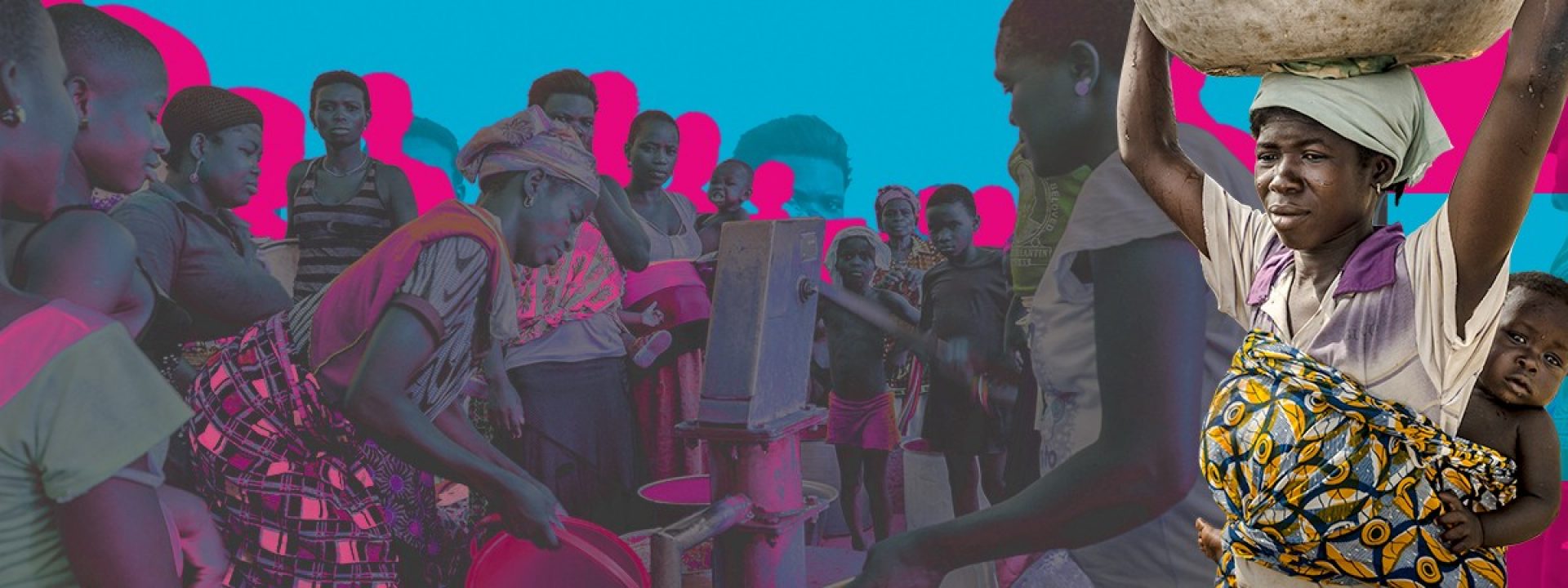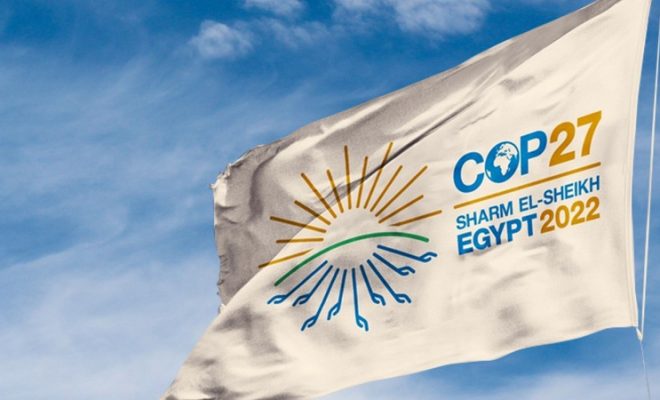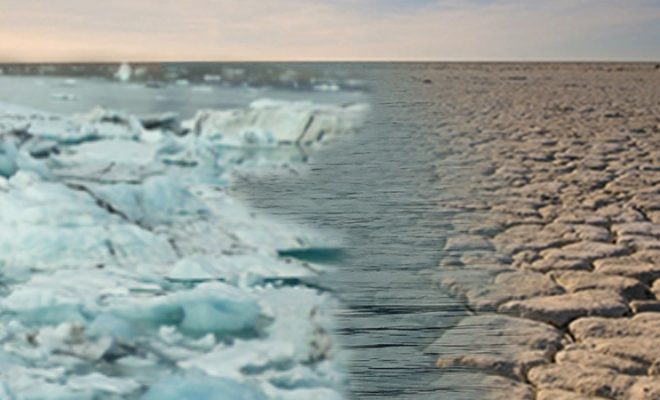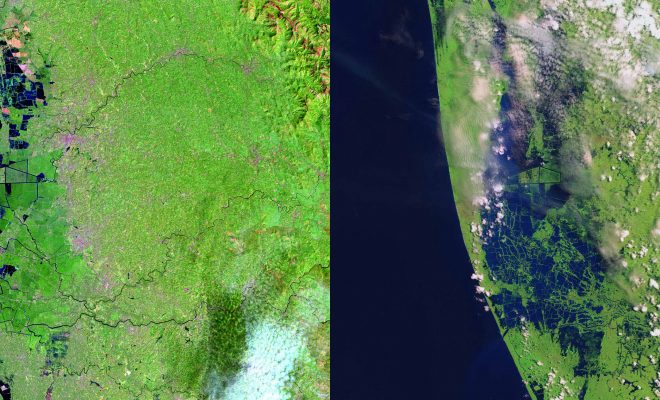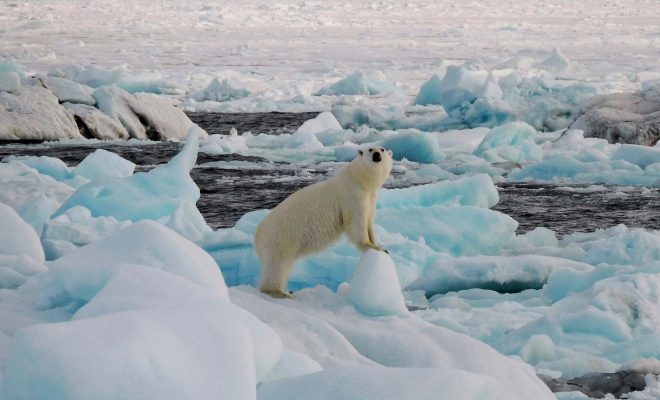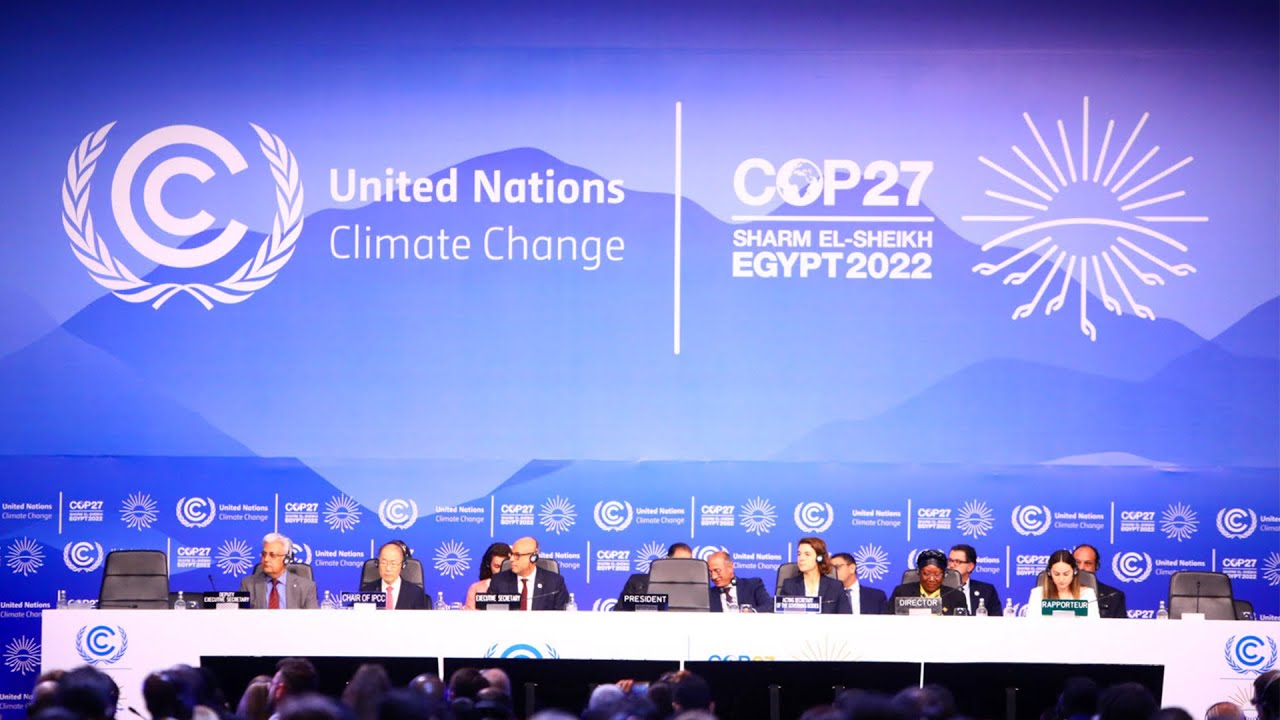
How can we evaluate the outcome of COP27? If we look at mitigation efforts, for most observers, the conference was disappointing. Nothing is new: since COP1 in Berlin in 1995, we have organized 27 meetings and still need to achieve an effective consensus on reducing greenhouse gases. It is evident how little decision-making power governments have in the face of pressure from the fossil fuel industry, whose lobbyists increased their presence in Sharm El Sheikh compared to COP26 in Glasgow. However, the disappointment was already announced after three of the major polluting countries, such as Russia, China, and India, did not send high-level representatives to the conference.
What worries the scientific community most is that, since 2018, when the IPCC published its Special Report on Global Warming of 1.5°C, no tangible progress has been made to curb warming. Especially after the dire predictions of subsequent expert panel reports (AR5 and AR6) have been confirmed year after year.
Even before COP27, scientists had already made it clear that countries’ emission reduction commitments were insufficient to reduce emissions by 43% by 2030 compared to their 2019 level, nor to achieve total decarbonization by 2050.
Slowing warming to 1.5°C is a target that is getting further and further away. At Sharm El Sheikh, at least, the parties recognized that this target requires accelerated action in the short term and reiterated the Glasgow Climate Pact’s call to ensure that, before the end of 2023, the contributions determined by each state are updated to match the temperature target of the Paris Agreement.
This is insufficient for the European Union, one of the institutions that have advocated most strongly for an effective agreement on gas reductions. European Commission Vice-President Frans Timmermans, who has led the negotiations on behalf of the EU, stated at the conference’s closing session: “Major emitters have not provided sufficient added efforts to increase and accelerate their gas cuts. We are not confident that we will achieve the commitments made in the Paris Agreement and in Glasgow last year.” In turn, Ursula von der Leyen corroborated the words of her Vice President: “COP27 has confirmed that the world will not backtrack on the Paris Agreement, and this is an important step toward climate justice. However, science is clear that much more is needed to keep the planet habitable.”
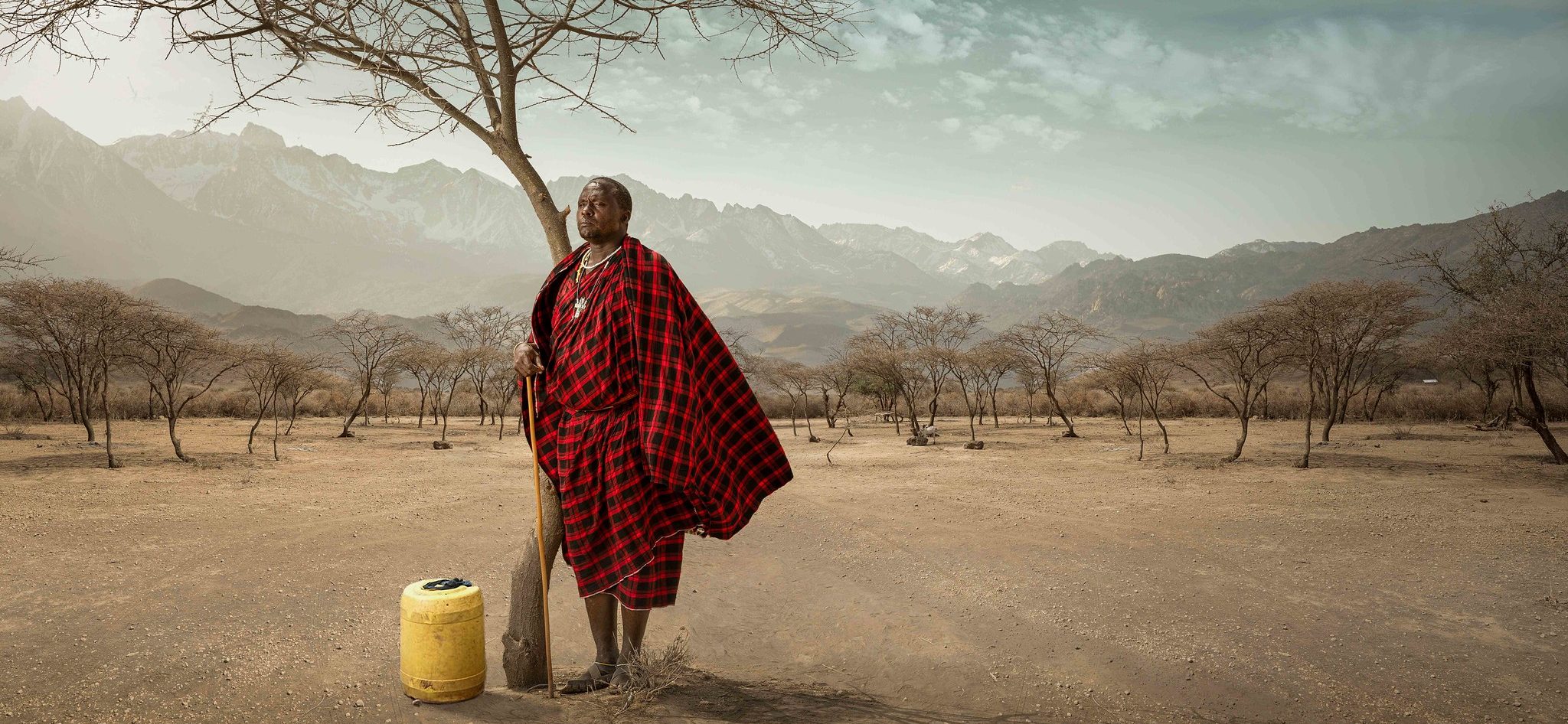
The “loss and damage” fund is undoubtedly a step forward, but many urgent issues seem to have taken a back seat at COP27. Water has, however, gained considerable prominence, and there are hopeful initiatives. © World Meteorological Organization/ Photographer/Kureng Dapel
One hope: the agreement on “loss and damage”
Given the impasse on mitigation, the efforts of the parties to reach an agreement on “loss and damage” was, at the very least, an opportunity to confront a reality that is hurtful to the philosophy of the SDGs: those who contribute the least to climate change are those who suffer the worst consequences. It is an injustice unanimously admitted by all UN countries, which have always had severe divergences on how to repair it, even though those most affected have been demanding it for more than three decades.
The agreement was reached at the last minute. It came close to failure but finally achieved a milestone in global climate policy: the explicit recognition that the more prosperous nations are accountable to the poorer world for the damage caused by climate change.
However, the most critical question remains: Who pays for what, and how? These questions still need concrete answers. All this will have to be negotiated within the United Nations Framework Convention on Climate Change (UNFCCC) system, managed by the Global Environment Facility since 1995. Many analysts are pessimistic about the agility of this body to achieve results in the short term.
According to scientists and environmentalists, the agreement on loss and damage, although necessary, has disguised the failure to achieve progress on mitigation. Although not satisfied, António Guterres, the UN Secretary-General, has pointed out the good news that the advance in multilateralism represents: “Clearly, this will not be enough, but it is a much-needed political sign to rebuild the broken trust.”
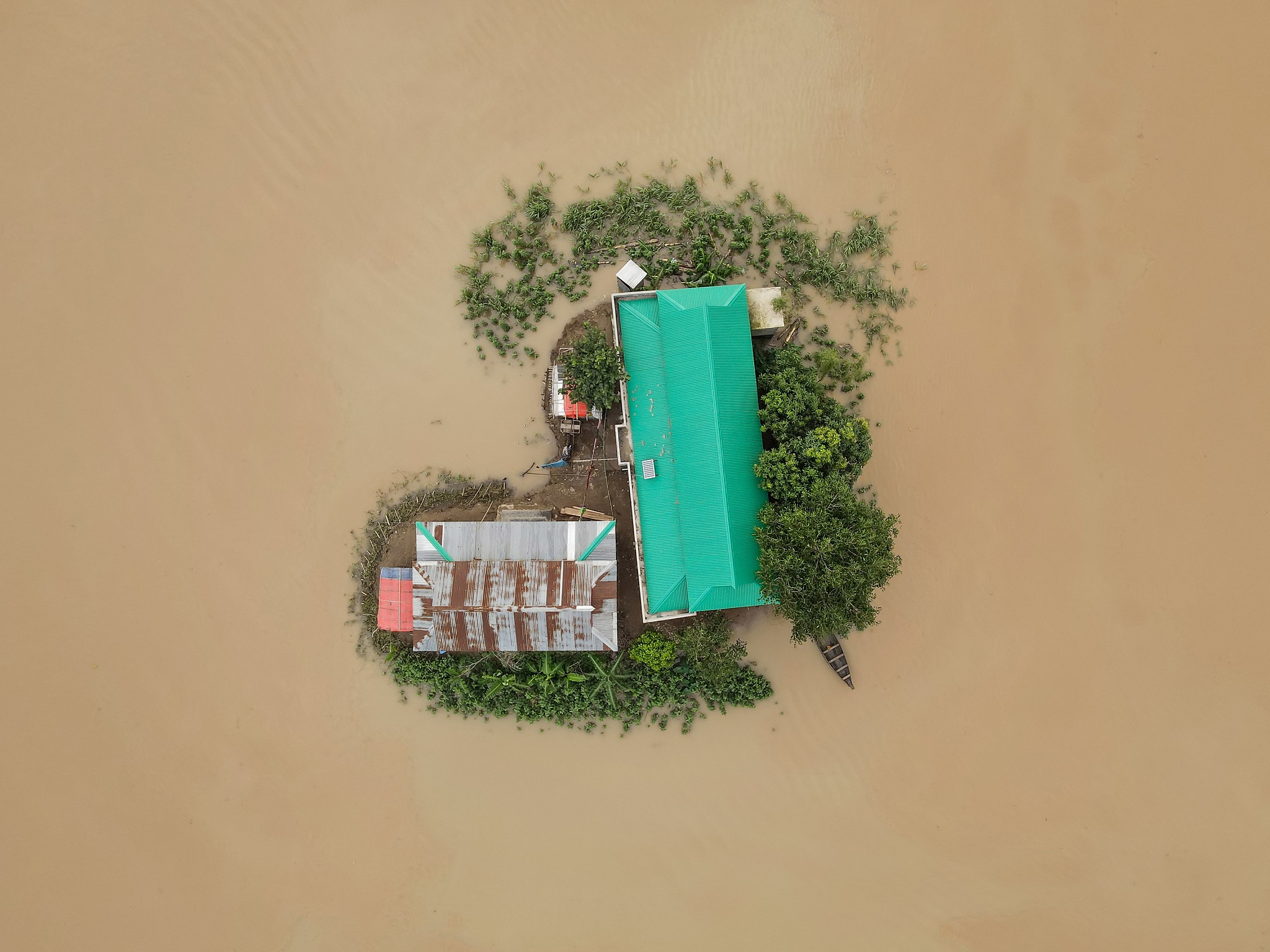
The encouraging Action for Water Adaptation and Resilience (AWARE) initiative will foster inclusive cooperation and partnerships for adequate early warning, drought, and flood systems. © Photographer/ Muhammad Amdad Hossain / WMO 2023
Water at the adaptive core
One piece of good news at Sharm El Sheikh was the prominence gained by water. Water resources management had not been at the heart of COPs, focusing mainly on gas emissions, even though water is essential for progress toward all SDGs. At the previous COP26 in Glasgow, a specific water pavilion was opened for the first time. This initiative has been reinforced at COP27, mainly because Egypt, as the host country, has given it a particular boost thanks to the prerogatives granted to it by its presidency. For example, “water security” was included as an essential element of the issues to be addressed, a topic that surprisingly had not been included before.
Moreover, the encouraging Action for Water Adaptation and Resilience (AWARE) initiative was presented. It aims to place water management systems at the heart of the climate change adaptation agenda. The initiative will foster inclusive cooperation and partnerships for adequate early warning, drought, and flood systems. It aims to deliver transitional adaptation solutions with a global vision, starting with Africa’s most vulnerable communities and ecosystems.
As for the prevention of extreme weather disasters, the conference devoted a session to discussing the implementation of the Global Early Warning Initiative presented by the United Nations. This is a plan drawn up by the World Meteorological Organization and supported by fifty countries; it aims to protect all the Earth’s inhabitants by installing systems that provide early warning of dangerous extreme events.
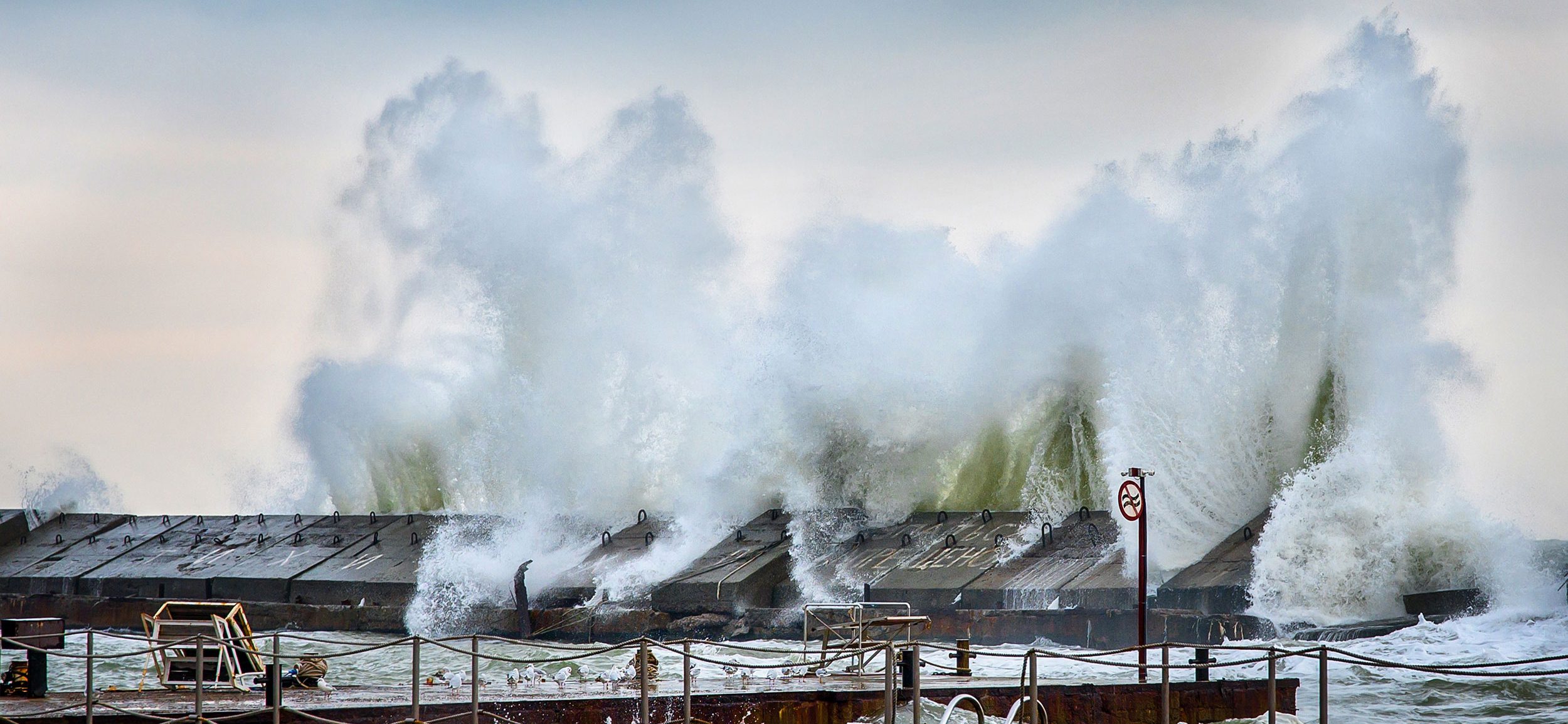
Ahead of COP28
The next COP28 will be held in Dubai, in the United Arab Emirates (UAE), a country whose delegation in Sharm El Sheik was the largest (1,073 delegates), including 70 lobbyists from the oil and gas industry. The UAE’s economy is structured around fossil fuels; it is the eighth largest oil producer in the world in absolute terms and the second largest per capita, but it is paradoxically one of the countries that are investing the most in renewable energies. Critics denounce greenwashing at the state level, but many point out that it can be a positive thing because it is unrealistic to propose an accelerated and constant transition to “zero emissions” without taking into account the global economic dependence on fossil fuels. We are currently experiencing an example of this: the EU, which advocates drastic gas reductions, is giving in to the rising gas price due to the war in Ukraine and is increasing coal consumption. The realist view is that we need good diversification models, and the UAE can offer them.
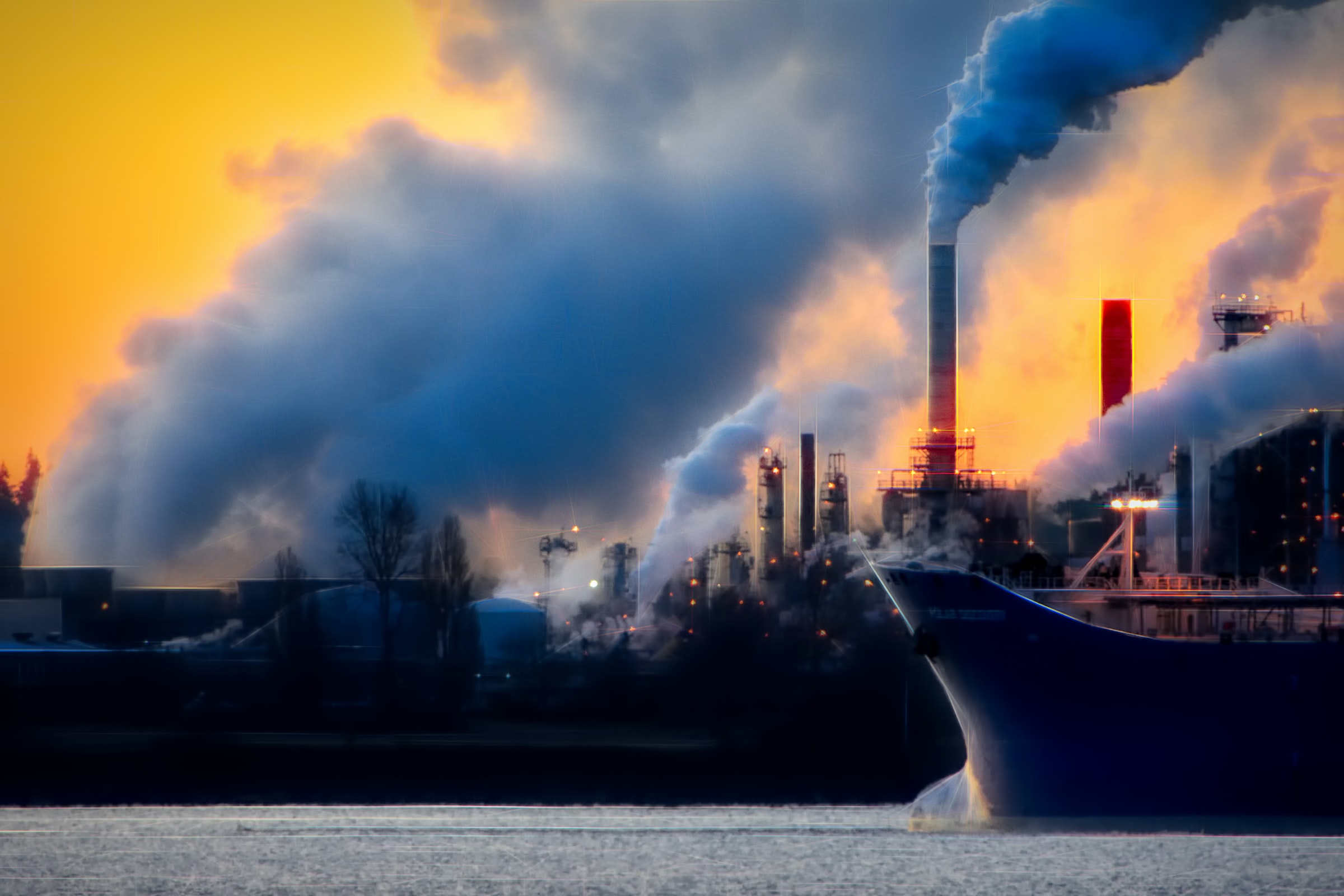
In the meantime, it is essential that in 2023 the “loss and damage” agreement is finalized and provides real help for communities under the worst climate threat. We cannot get to COP28 without adaptive aid mechanisms in place.


